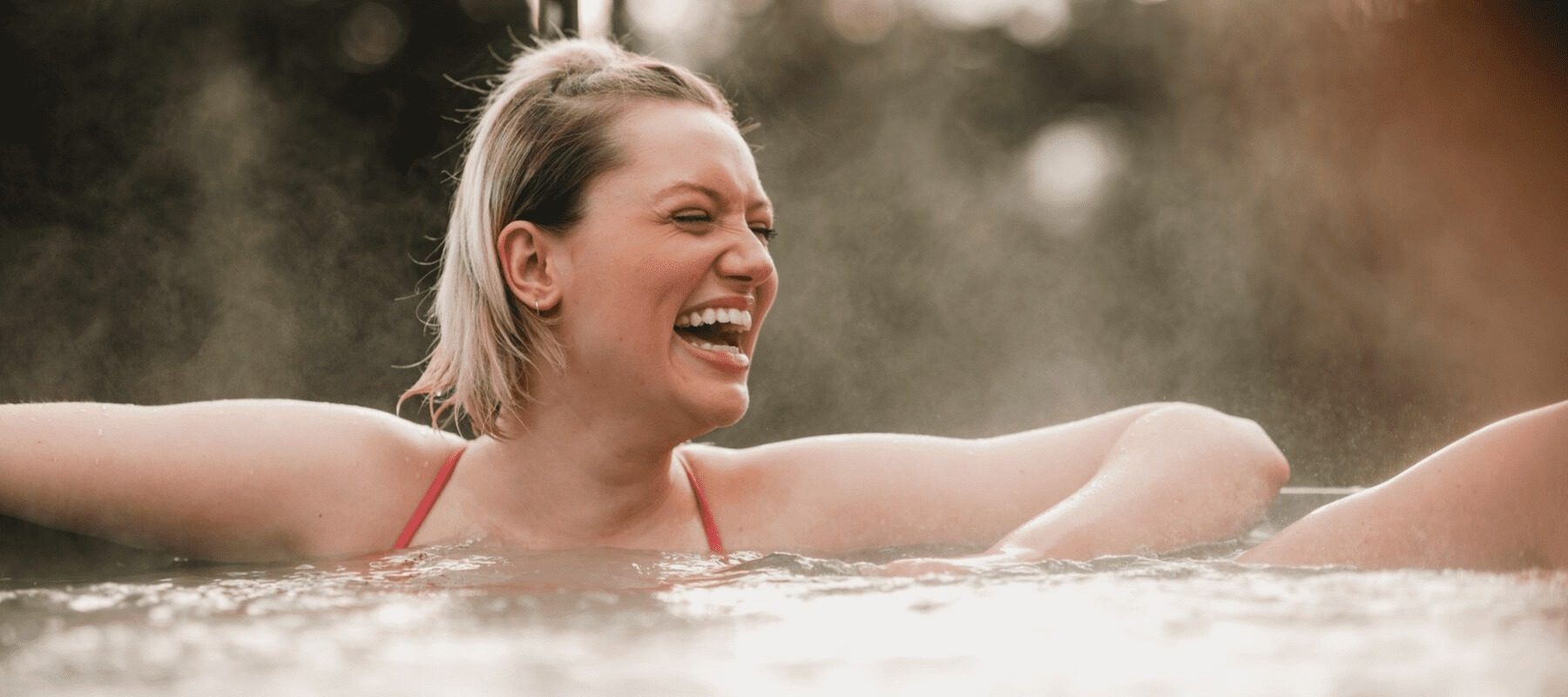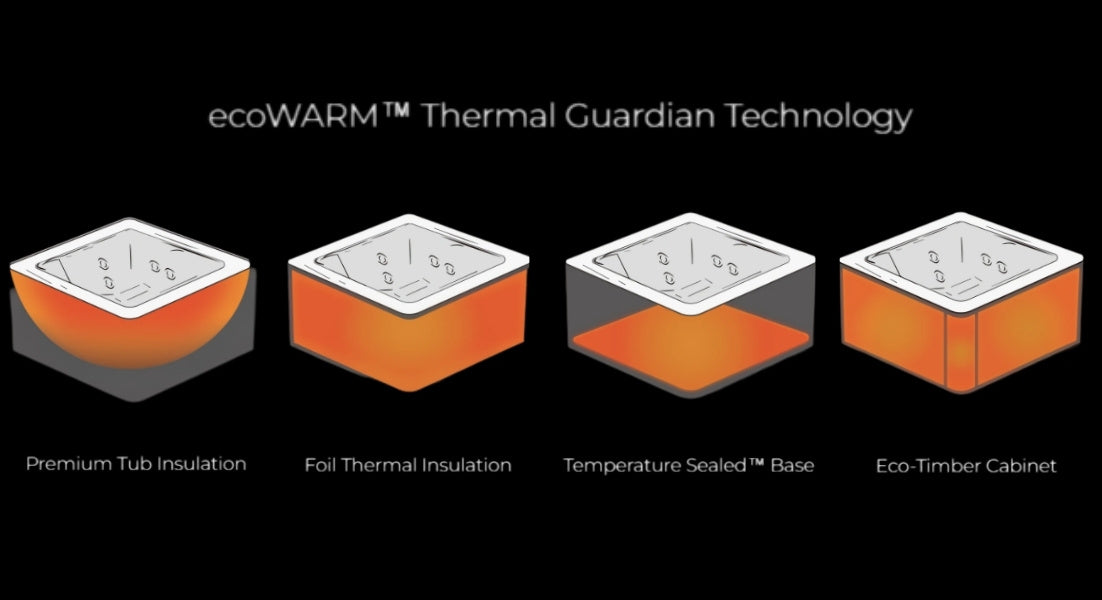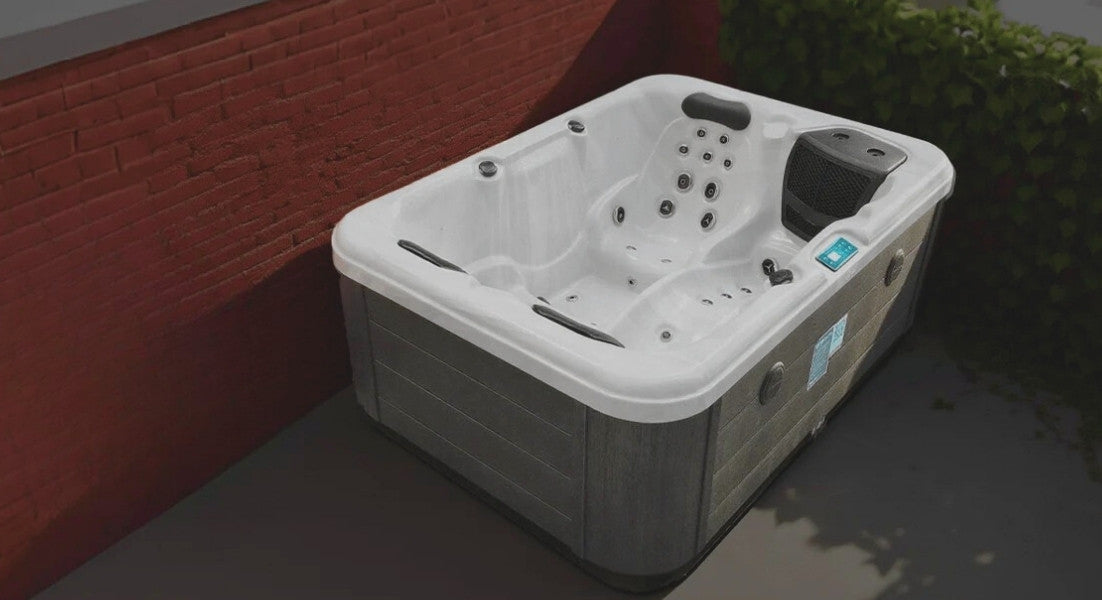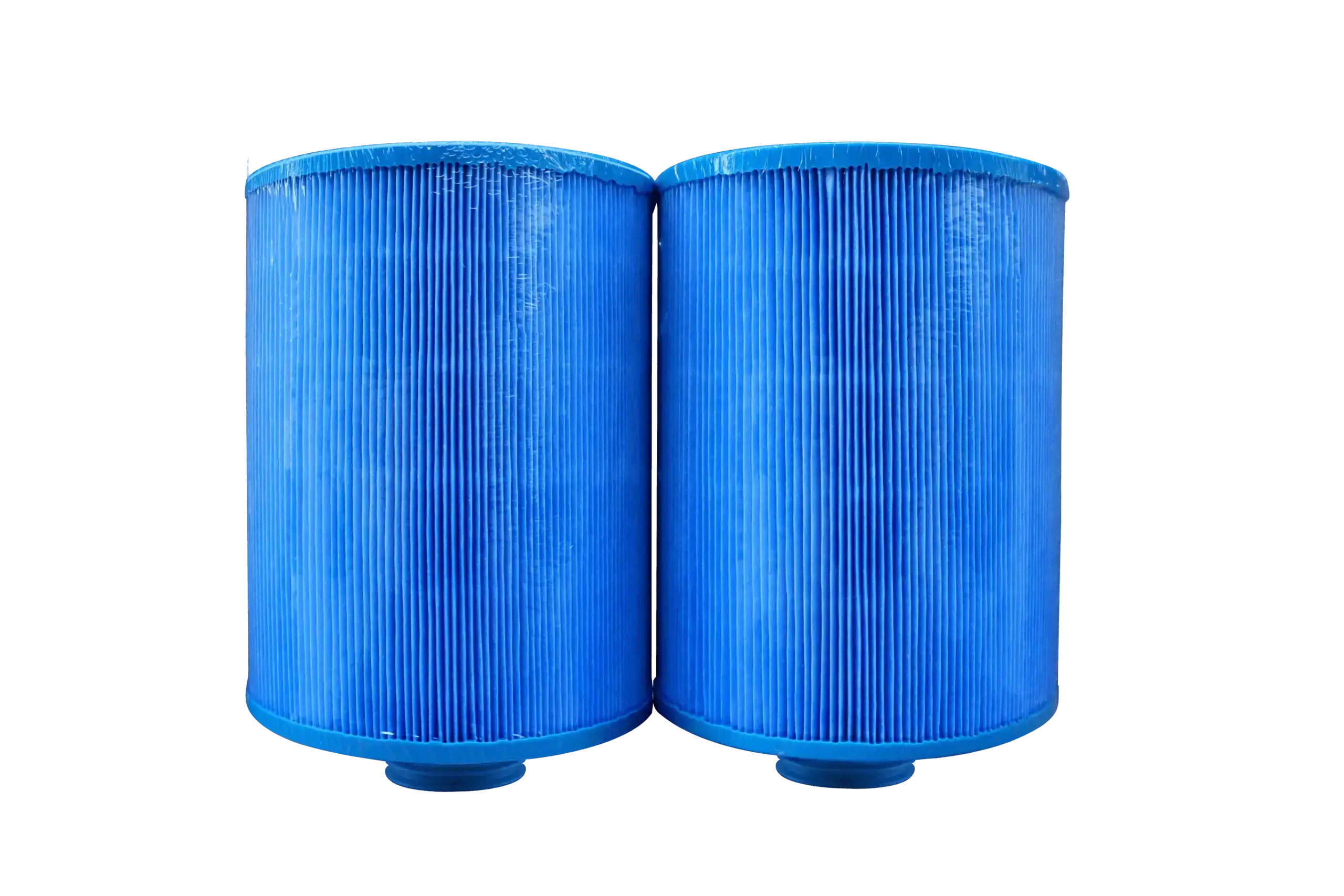Are spas hygienic? Yes, if you clean it properly. However, improper care and maintenance can turn spas into a health hazard. Irritation, discomfort, and even UTIs and thrush can happen when you clean your spa wrongly.
To ensure a safe and enjoyable spa experience, it is crucial to understand potential risks and take steps to mitigate them. This article provides essential guidelines to help reduce health risks associated with spa use.
Maintain Water Hygiene
-
Regular Cleaning and Disinfection
- Clean the spa regularly to prevent the build-up of bacteria, algae, and other contaminants. Check for white water mould and clean the water regularly. Use spa-specific cleaners and disinfectants as recommended by the manufacturer.
- Disinfect the water with chlorine or bromine to maintain hygiene by killing bacteria and viruses.
-
Store your spa properly during off season. Drain the water before storing and clean as best you can. Cover the spa to prevent exposure to UV rays, debris, rain, and other elements.
-
Monitor Water Chemistry
- Frequently test the water for pH, alkalinity, and sanitizer levels. Imbalanced water chemistry can cause skin and eye irritation, as well as respiratory issues.
- Maintain the pH level between 7.2 and 7.8 for effective sanitation and user comfort.
Ensure Proper Filtration and Circulation
-
Maintain the Filtration System
- Clean and replace the spa filters regularly. Dirty or clogged filters reduce the filtration system’s effectiveness, leading to poor water quality.
- Run the filtration system daily to ensure proper water circulation and cleanliness.
-
Use a Cover
-
Spa cover prevents debris, leaves, and insects from contaminating the water. A cover also helps maintain water temperature and reduce chemical usage.
Promote Safe Usage Practices
-
Limit Spa Usage Time
- Prolonged exposure to hot water can cause dehydration, dizziness, and overheating. Limit each session to 15-30 minutes and stay hydrated by drinking water.
- Keep the water temperature within a safe range (typically 37-40°C).
-
Health Precautions
- Individuals with pre-existing health conditions, such as heart disease, diabetes, or respiratory issues, should consult a doctor before using a spa.
- Pregnant women should avoid spas or hot tubs due to the risk of overheating, which can affect fetal development. For more detailed information and caution, consult with your GP.
-
Supervise Children
- Always supervise children in the spa. Ensure they do not stay in the water for too long and that the temperature is safe for them.
- Teach children the importance of not submerging their heads underwater to prevent drowning or waterborne infections.
Regular Inspections and Maintenance
-
Professional Inspections
- Schedule regular professional inspections and maintenance for your spa. Professionals can identify and address issues that may not be apparent to the average user.
- Ensure all electrical components and heating elements are functioning properly to prevent accidents and malfunctions.
-
Address Issues Promptly
- Address any changes in water clarity, unusual odours, or mechanical problems immediately. Delaying maintenance can lead to greater health risks and more costly repairs.
Conclusion
A spa can be a delightful addition to your home, offering relaxation and health benefits. However, it is essential to take proactive measures to ensure it remains a safe environment. By maintaining water hygiene, ensuring proper filtration and circulation, promoting safe usage practices, and scheduling regular maintenance, you can significantly reduce health risks and enjoy your spa with peace of mind. Remember, a clean and well-maintained spa is a safe spa.
Further Readings
- Top 10 Spa Health Benefits
- Spa & Swim Spa Do's and Don'ts
- Balancing Spa pH Levels
- What causes hot tub scum
- A guide to spa water temperature
- Spa clear user guide
- Spa safety considerations
- Spa water temperature guide
- How to prevent spa algae
- Keeping your spa water balanced
- Starting the spa with new water





Share:
Put Your Spa at The Right Place By Considering These Factors
Swim Spas vs. Regular Spas: Which One is Right for Me?